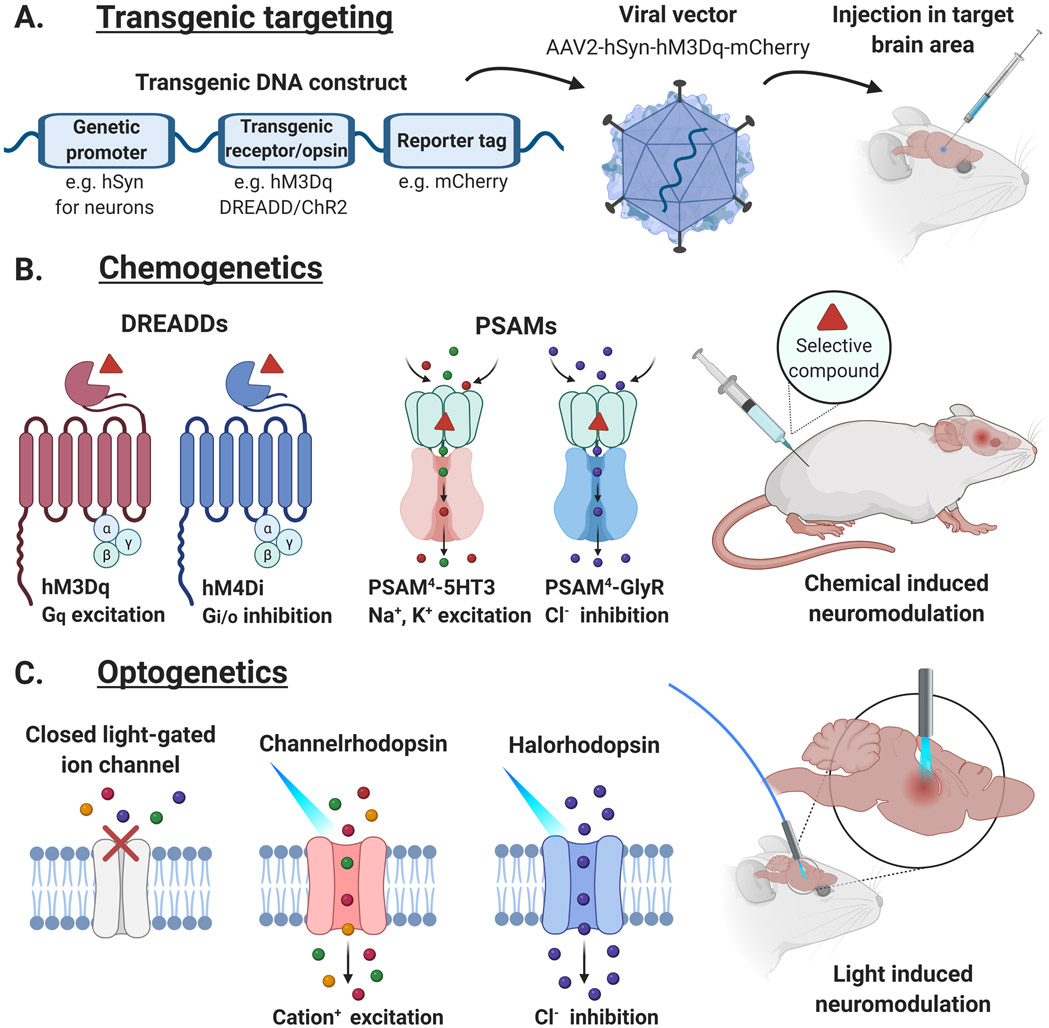Figure 1. Neuromodulation with chemogenetic and optogenetic tools.
A. Transgenic ssDNA combining a genetic promoter sequence (e.g., human synapsin 1 (hSyn) for neuronal expression) with transgenes for a neuromodulatory receptor/opsin (e.g., hM3Dq DREADD/Channelrhodopsin-2 (ChR2)) and reporter protein (e.g., mCherry fluorescent protein) is packaged into a viral vector (e.g., AAV serotype 2) and injected into a target brain area. B. Chemogenetic tools utilize genetically engineered receptors (e.g., DREADDs and PSAMs) that can alter brain activity following administration of a selective compound. C. Optogenetic tools rely on light-gated ion channels (e.g., channelrhodopsins and halorhodopsins) to modulate neuronal activity with light stimulation.

